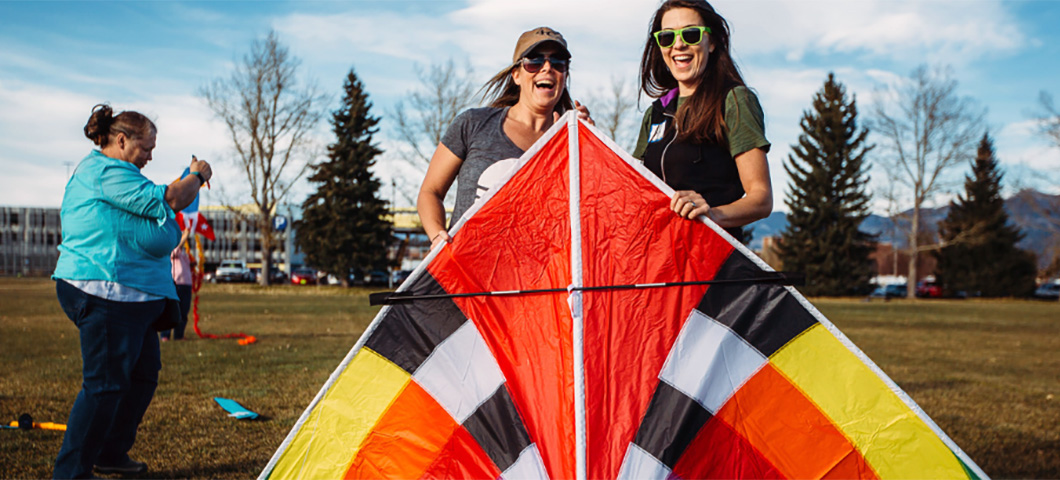Faculty, Staff & MSU Students
Academic Technology and Outreach works with many on- and off-campus partners to share the broader impacts of work at MSU. We are pleased to have worked with faculty to write successful grant proposals to funding agencies such as NASA, NSF and NIH.
Are you interested in volunteering? Sign up for our free e-newsletter to receive notifications of volunteer opportunities.
Partner With ATO on Outreach and Broader Impacts Plans
Partner with us to make your project more enticing to granting agencies or other funders. We are always looking for exciting new ways to bring the research and creativity of MSU faculty to the broader public.
Outreach and Communications Infrastructure
Collaborating with ATO allows partners to plug into a number of existing outreach programs, ranging from STEAM Day for girls to MSU Science Day. ATO also has the technology infrastructure to implement complex outreach programs, including videoconferencing and Webinar tools, online registration system, and multimedia development.
Leveraging Funds
Because ATO works with many on- and off-campus partners, we can bring groups together and leverage existing partnerships and grant funds to boost outreach capacity. A few current partners and funders include NASA, the National Science Foundation, the National Institutes of Health, Expanding Your Horizons, Montana 4-H, MSU Library and the National Informal STEM Education Network.
Diversity of Staff Expertise
ATO's staff includes specialists in online learning, educational technologies, marketing and communications, multimedia development, conference and event planning, youth outreach, grant writing, informal education and other areas.
Development of Educational Programs
ATO can create educational programs that offer Continuing Education Units (CEUs) and professional development for workers as well as educational opportunities for the general public, including everyone from kids to lifelong learners. ATO is also able to initiate non-credit certificate programs and OPI renewal units (for Montana teachers).
Grant Writing and Collaboration Expertise
ATO staff have served as PIs, co-PIs, and collaborators on millions of dollars of grants from federal and state agencies and private funders, ranging from the National Science Foundation to Lockheed Martin. We stay abreast of national public outreach and education trends and are happy to share resources and ideas.
Professional Associations and Consortia
Through affiliation with organizations such as UPCEA (University Professional and Continuing Education Association) and the National Girls Collaborative, ATO is able to share courses, programs and educational efforts with national professional networks. ATO also represents MSU in educational consortia, such as Great Plains IDEA (Interactive Distance Education Alliance), offering the opportunity to collaborate with academic institutions nationwide.
Contact Us
To schedule a free brainstorming session or consultation on a grant you are writing, contact us at outreach@montana.edu or (406) 994-6550.
Resources
MSU Outreach and Engagement Council. Serve as a campus-wide coordinating committee in outreach and engagement efforts and guide outreach, engagement, and leadership at MSU by collaborating with off-campus communities and other external partners.
30 Science Communications and Outreach Ideas in 30 Minutes. Recorded presentation and list of ideas. They are presented by ATO as part of the Montana Institute on Ecosystems' Rough Cut Science Series.
Advancing Research Impact in Society (ARIS). This community of practice fosters the development of sustainable and scalable institutional capacity and engagement in broader impacts activity.
NSF Grant Proposal Guidelines. This Web page details the review process for proposals submitted to the National Science Foundation. Includes review of the broader impacts statement.
National Science Foundation Science and Engineering Indicators. Science and Technology: Public Attitudes and Understanding.
National Science Foundation Broad Impacts. The Broader Impacts discussion is a critical component of any proposal submitted to the U.S. National Science Foundation. It answers the following question: How does your research benefit society?

